#100daysofangular risultati di ricerca
🚀 Angular Tip (Day 43 of 100) 🚀 👉 Leverage Module Federation for Micro Frontends: Consider using Module Federation to build micro frontends with Angular. #agnular #100daysofangular

🚀 Angular Tip (Day 44 of 100) 🚀 👉 Configure Module Federation in Angular: To configure Module Federation in Angular, you need to update your Webpack configuration. #angular #100daysofangular

🚀 Angular Tip (Day 45 of 100) 🚀 👉 Share Dependencies with Shared Libraries: In Module Federation, you can share dependencies between federated modules by creating shared libraries. #angular #100daysofangular

🚀 Angular Tip (Day 36 of 100) 🚀 👉 Implement Strong Typing with Interfaces: Take advantage of TypeScript's strong typing by defining interfaces for your Angular components, services, and other objects. #angular #100daysofangular
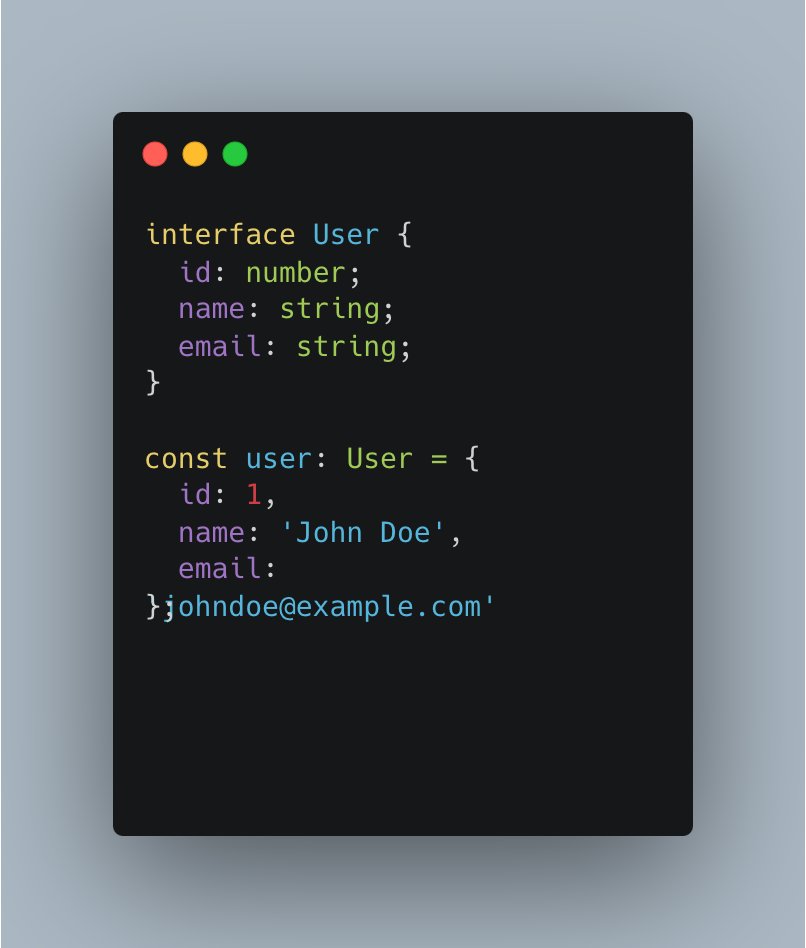
🚀 Angular Tip (Day 47 of 100) 🚀 👉 Share Dependencies with Module Federation: Module Federation allows you to share dependencies between micro frontends, ensuring that they use the same version of shared libraries. #angular #100daysofangular

🚀 Angular Tip (Day 46 of 100) 🚀 👉 Error Handling in Module Federation: When working with Module Federation in Angular, it's important to handle errors that may occur during the dynamic loading of federated modules. #angular #100daysofangular

🚀 Angular Tip (Day 42 of 100) 🚀 👉 Implement Content Projection with ng-content: Take advantage of Angular's content projection feature, ng-content, to create reusable and flexible components in your digital business. #angular #100daysofangular

🚀 Angular Tip (Day 37 of 100) 🚀 👉 Apply Code Reviews and Peer Feedback: Incorporate code reviews and seek feedback from your peers or team members. Code reviews help identify potential issues, improve code quality, and ensure adherence to best practices. #100daysofangular
🚀 Angular Tip (Day 39 of 100) 🚀 👉 Optimize Rendering with Angular ChangeDetectionRef: Fine-tune the change detection mechanism in your Angular application by using the ChangeDetectionRef API. #angular #100daysofangular
🚀 Angular Tip (Day 38 of 100) 🚀 👉 Utilize Angular CDK (Component Dev Kit): Take advantage of the Angular Component Dev Kit (CDK) to access a set of reusable UI components, utility functions, and directives provided by the Angular team. #100daysofangular #angular
I'm thrilled to begin my #100daysofAngular challenge!" I can't wait to see how much progress I make along the way!" #100DaysOfCode #learning #Angular #100daysofcodechallenge
🚀 Angular Tip (Day 41 of 100) 🚀 👉 Utilize Angular CLI Builders: Extend the functionality of the Angular CLI by leveraging builders. Builders are command-line tools that can be used to perform custom actions during the build process. #angular #100daysofangular
🚀 Angular Tip (Day 35 of 100) 🚀 👉 Use Linting for Code Consistency: Utilize linting tools like ESLint or TSLint to enforce code consistency and catch potential errors or style violations. #angular #100daysofangular
Here's an example of sharing a common library using Module Federation: #angular #100daysofangular
To use an Angular CLI builder, configure it in your angular.json file and run it using the ng run command. #angular #100daysofangular
Some notable features include overlays, drag and drop, accessibility enhancements, and more. By leveraging the Angular CDK, you can save development time, maintain consistency, and deliver high-quality applications. #angular #100daysofangular
By using ng-content, you can build versatile components that can be easily adapted to different use cases and provide a high level of flexibility for your digital business. #anguar #100daysofangular
This helps you write safer and more robust code by catching common mistakes at compile-time. To enable strict mode in your TypeScript configuration file (tsconfig.json), set the "strict" flag to true: #angular #100daysofangular
This optimizes network requests, reduces latency, and improves the overall loading speed of your micro frontend application. Carefully consider caching strategies and implement appropriate HTTP headers to enable efficient resource management. #angular #100daysofangular
This optimizes network requests, reduces latency, and improves the overall loading speed of your micro frontend application. Carefully consider caching strategies and implement appropriate HTTP headers to enable efficient resource management. #angular #100daysofangular
Here's an example of sharing a common library using Module Federation: #angular #100daysofangular
🚀 Angular Tip (Day 47 of 100) 🚀 👉 Share Dependencies with Module Federation: Module Federation allows you to share dependencies between micro frontends, ensuring that they use the same version of shared libraries. #angular #100daysofangular

🚀 Angular Tip (Day 46 of 100) 🚀 👉 Error Handling in Module Federation: When working with Module Federation in Angular, it's important to handle errors that may occur during the dynamic loading of federated modules. #angular #100daysofangular

🚀 Angular Tip (Day 45 of 100) 🚀 👉 Share Dependencies with Shared Libraries: In Module Federation, you can share dependencies between federated modules by creating shared libraries. #angular #100daysofangular

This includes specifying the exposed modules, remotes, and shared dependencies between the federated modules. By correctly configuring Module Federation, you can create a modular architecture for your Angular application. #angular #100daysofangular
🚀 Angular Tip (Day 44 of 100) 🚀 👉 Configure Module Federation in Angular: To configure Module Federation in Angular, you need to update your Webpack configuration. #angular #100daysofangular

🚀 Angular Tip (Day 43 of 100) 🚀 👉 Leverage Module Federation for Micro Frontends: Consider using Module Federation to build micro frontends with Angular. #agnular #100daysofangular

By using ng-content, you can build versatile components that can be easily adapted to different use cases and provide a high level of flexibility for your digital business. #anguar #100daysofangular
🚀 Angular Tip (Day 42 of 100) 🚀 👉 Implement Content Projection with ng-content: Take advantage of Angular's content projection feature, ng-content, to create reusable and flexible components in your digital business. #angular #100daysofangular

To use an Angular CLI builder, configure it in your angular.json file and run it using the ng run command. #angular #100daysofangular
🚀 Angular Tip (Day 41 of 100) 🚀 👉 Utilize Angular CLI Builders: Extend the functionality of the Angular CLI by leveraging builders. Builders are command-line tools that can be used to perform custom actions during the build process. #angular #100daysofangular
🚀 Angular Tip (Day 39 of 100) 🚀 👉 Optimize Rendering with Angular ChangeDetectionRef: Fine-tune the change detection mechanism in your Angular application by using the ChangeDetectionRef API. #angular #100daysofangular
Some notable features include overlays, drag and drop, accessibility enhancements, and more. By leveraging the Angular CDK, you can save development time, maintain consistency, and deliver high-quality applications. #angular #100daysofangular
🚀 Angular Tip (Day 38 of 100) 🚀 👉 Utilize Angular CDK (Component Dev Kit): Take advantage of the Angular Component Dev Kit (CDK) to access a set of reusable UI components, utility functions, and directives provided by the Angular team. #100daysofangular #angular
🚀 Angular Tip (Day 37 of 100) 🚀 👉 Apply Code Reviews and Peer Feedback: Incorporate code reviews and seek feedback from your peers or team members. Code reviews help identify potential issues, improve code quality, and ensure adherence to best practices. #100daysofangular
🚀 Angular Tip (Day 36 of 100) 🚀 👉 Implement Strong Typing with Interfaces: Take advantage of TypeScript's strong typing by defining interfaces for your Angular components, services, and other objects. #angular #100daysofangular

🚀 Angular Tip (Day 35 of 100) 🚀 👉 Use Linting for Code Consistency: Utilize linting tools like ESLint or TSLint to enforce code consistency and catch potential errors or style violations. #angular #100daysofangular
This helps you write safer and more robust code by catching common mistakes at compile-time. To enable strict mode in your TypeScript configuration file (tsconfig.json), set the "strict" flag to true: #angular #100daysofangular
🚀 Angular Tip (Day 24 of 100) 🚀 👉 Utilize Angular's NgZone for Zone.js Control: Angular's NgZone allows you to explicitly control the behavior of the Zone.js library, #angular #100daysofangular
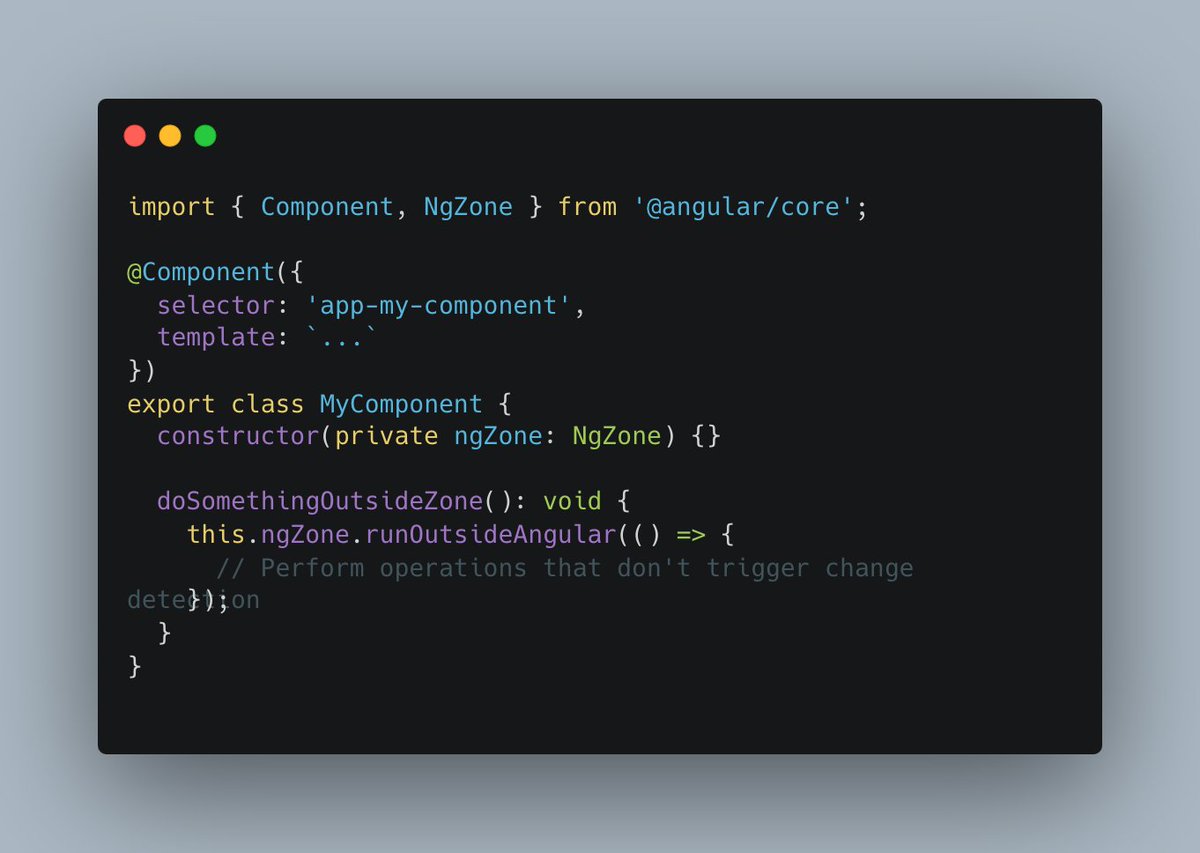
🚀 Angular Tip (Day 43 of 100) 🚀 👉 Leverage Module Federation for Micro Frontends: Consider using Module Federation to build micro frontends with Angular. #agnular #100daysofangular

🚀 Angular Tip (Day 44 of 100) 🚀 👉 Configure Module Federation in Angular: To configure Module Federation in Angular, you need to update your Webpack configuration. #angular #100daysofangular

🚀 Angular Tip (Day 34 of 100) 🚀 👉 Use TypeScript Strict Mode: Enable TypeScript's strict mode in your Angular project to catch potential errors and enforce stronger typing. #angular #100daysofangular
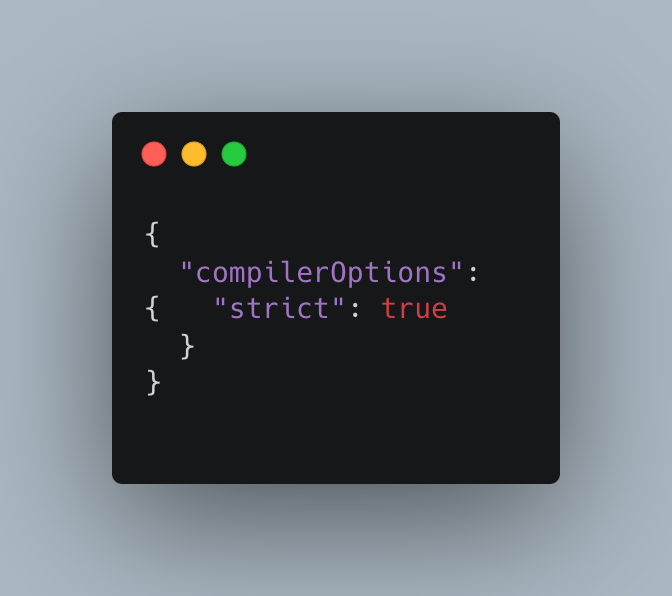
🚀 Angular Tip (Day 27 of 100) 🚀 👉 Utilize Angular Lifecycle Hooks: Angular provides various lifecycle hooks that allow you to tap into different stages of a component's lifecycle. #angular #100daysofangular
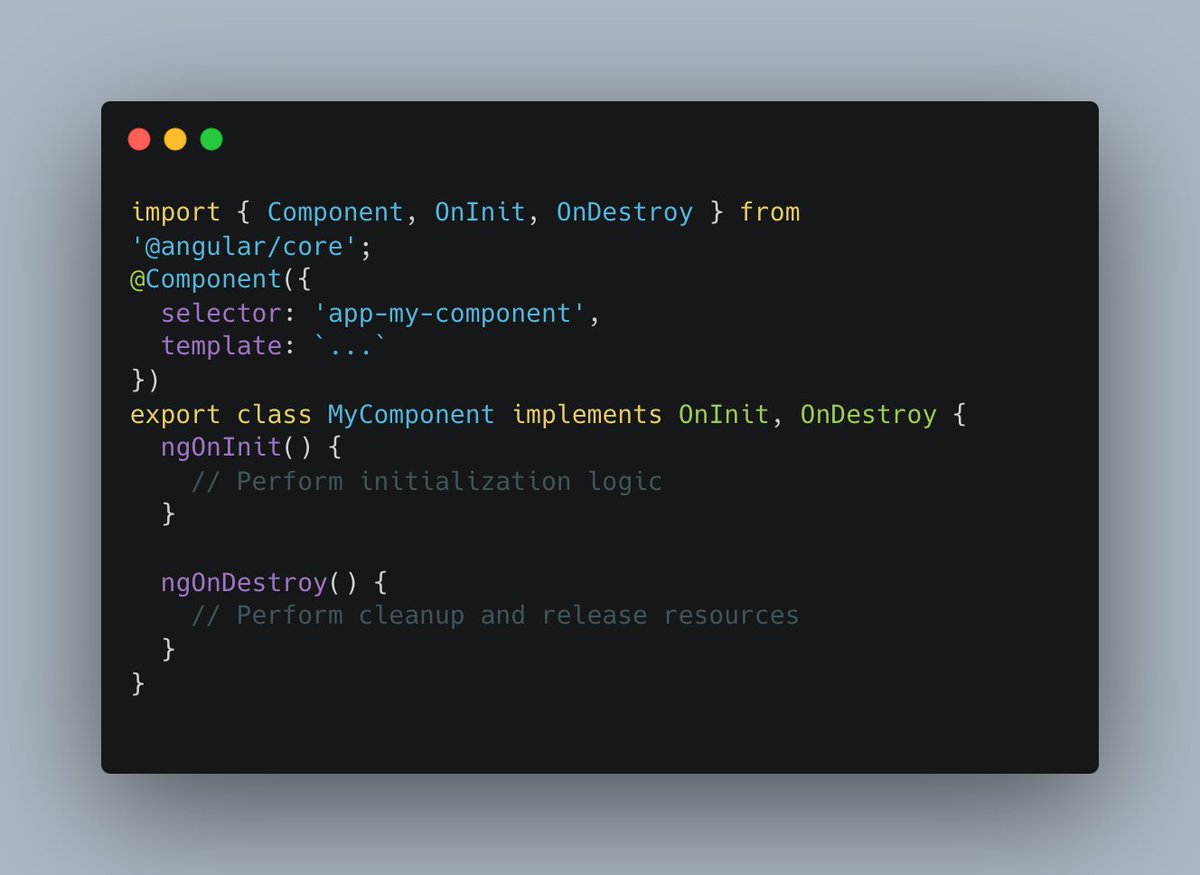
🚀 Angular Tip (Day 45 of 100) 🚀 👉 Share Dependencies with Shared Libraries: In Module Federation, you can share dependencies between federated modules by creating shared libraries. #angular #100daysofangular

🚀 Angular Tip (Day 25 of 100) 🚀 👉 Use Angular Template Reference Variables Template Reference Variables in Angular allow you to get a reference to an element or component in your template and interact with it programmatically. #angular #100daysofangular
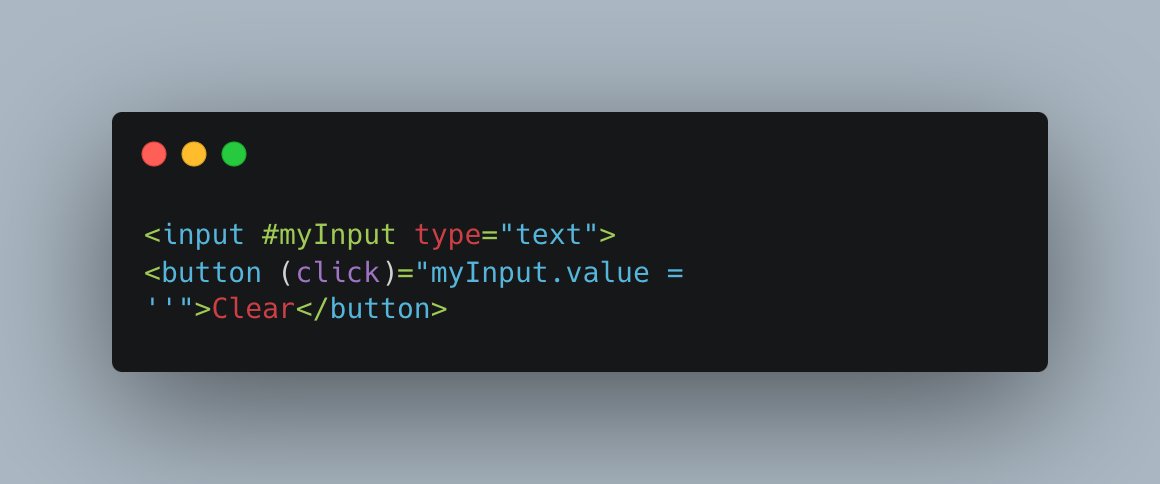
🚀 Angular Tip (Day 26 of 100) 🚀 👉 Utilize Angular Content Projection (ng-content): Angular's Content Projection, also known as ng-content, allows you to create reusable components that can accept arbitrary content. #angular #100daysofangular

🚀 Angular Tip (Day 21 of 100) 🚀 👉 Utilize Angular Router Resolvers: Angular Router Resolvers allow you to fetch data from a server or perform any other asynchronous operation before navigating to a route. #angular #100daysofangular
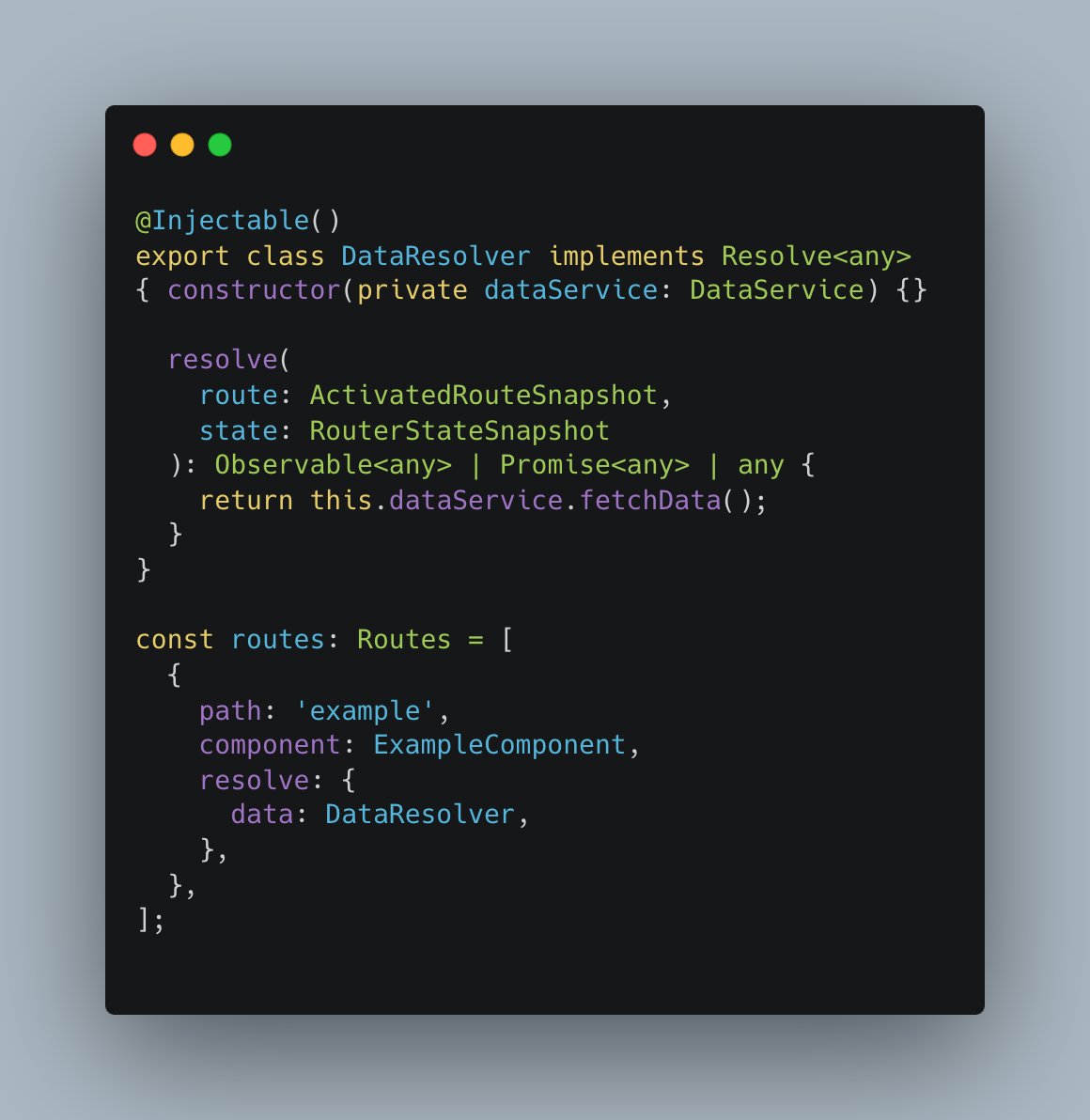
🚀 Angular Tip (Day 22 of 100) 🚀 👉 Use Angular ViewChild and Template Reference Variables: Angular's ViewChild decorator and template reference variables provide a way to access elements or components in your templates. #angular #100daysofangular

🚀 Angular Tip (Day 36 of 100) 🚀 👉 Implement Strong Typing with Interfaces: Take advantage of TypeScript's strong typing by defining interfaces for your Angular components, services, and other objects. #angular #100daysofangular

🚀 Angular Tip (Day 47 of 100) 🚀 👉 Share Dependencies with Module Federation: Module Federation allows you to share dependencies between micro frontends, ensuring that they use the same version of shared libraries. #angular #100daysofangular

🚀 Angular Tip (Day 46 of 100) 🚀 👉 Error Handling in Module Federation: When working with Module Federation in Angular, it's important to handle errors that may occur during the dynamic loading of federated modules. #angular #100daysofangular

🚀 Angular Tip (Day 33 of 100) 🚀 👉 Write Clean and Readable Code: Emphasize clean and readable code by following best practices. Use meaningful variable and function names, proper indentation, and commenting when necessary. #angular #100daysofangular
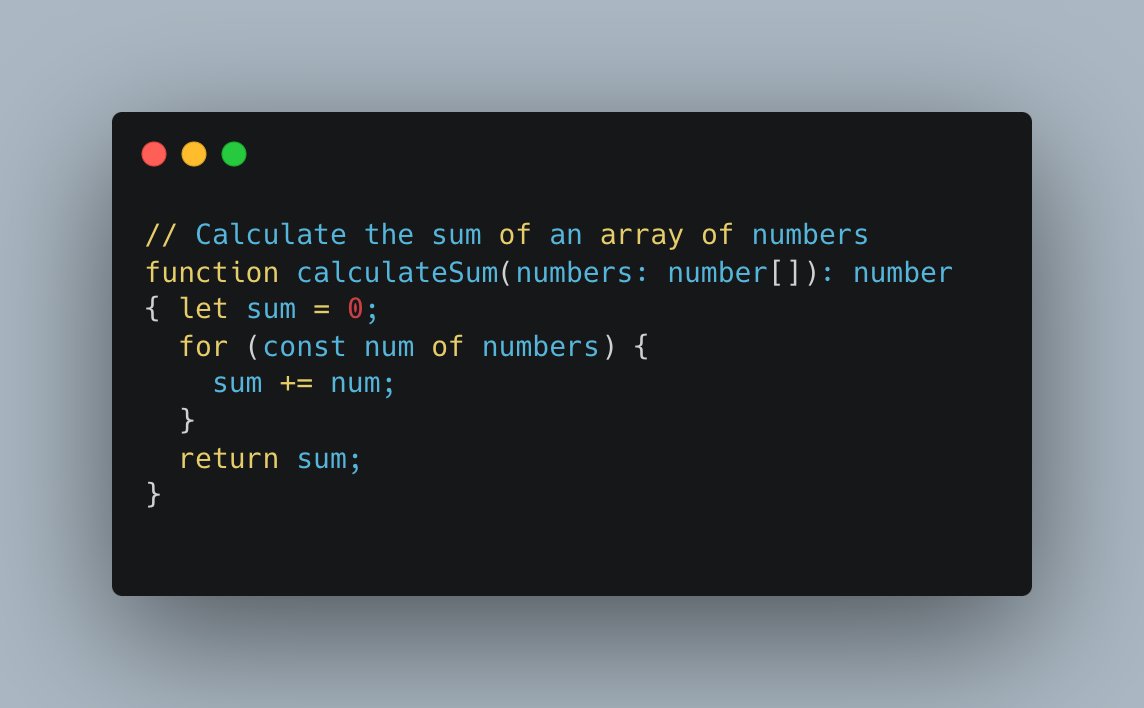
🚀 Angular Tip (Day 42 of 100) 🚀 👉 Implement Content Projection with ng-content: Take advantage of Angular's content projection feature, ng-content, to create reusable and flexible components in your digital business. #angular #100daysofangular

🚀 Angular Tip (Day 20 of 100) 🚀 Optimize Performance with Angular Ivy Renderer: Angular Ivy Renderer is the next-generation rendering engine introduced in Angular 9. It offers improved performance, smaller bundle sizes, and enhanced debugging capabilities. #100daysofangular

🚀 Angular Tip (Day 32 of 100) 🚀 👉 Apply Single Responsibility Principle (SRP): Follow the Single Responsibility Principle when designing and developing Angular components and services. Each component and service should have a clear and single responsibility. #100daysofangular

🚀 Angular Tip (Day 31 of 100) 🚀 👉 Modularize Your Codebase: Split your Angular application into modular components to improve code organization, maintainability, and reusability. Divide your code into feature modules that encapsulate related functionality. #100daysofangular

🚀 Angular Tip (Day 15 of 100) 🚀 👉 Utilize Angular Material: Angular Material is a UI component library that provides pre-built, fully-featured UI components for Angular applications. #100daysofangular #AngularMaterial #UIcomponents #library #prebuilt #Angularapplications

🚀 Angular Tip (Day 16 of 100) 🚀 👉 Implement Caching with Angular's HttpInterceptor: To improve performance and reduce unnecessary HTTP requests, implement caching in your Angular application using an HttpInterceptor. #100daysofangular #AngularTips #HttpInterceptor #Caching


Something went wrong.
Something went wrong.
United States Trends
- 1. Gabe Vincent 3,063 posts
- 2. #AEWDynamite 17.2K posts
- 3. #VSFashionShow 518K posts
- 4. Angel Reese 45.4K posts
- 5. Deport Harry Sisson 5,436 posts
- 6. #Survivor49 3,268 posts
- 7. #youtubedown 15.9K posts
- 8. tzuyu 208K posts
- 9. #stlblues 1,634 posts
- 10. Quen 29K posts
- 11. George Kirby 2,285 posts
- 12. Darby 4,964 posts
- 13. jihyo 168K posts
- 14. Suarez 17.6K posts
- 15. Hofer 1,686 posts
- 16. Birdman 4,656 posts
- 17. Nazar 6,148 posts
- 18. Victoria's Secret 507K posts
- 19. Nancy 143K posts
- 20. Tusky 1,956 posts


